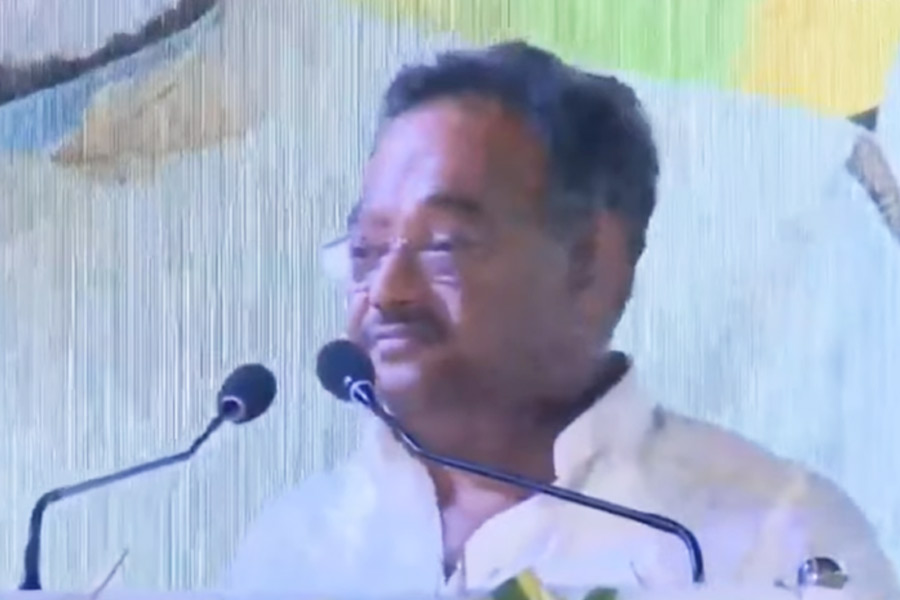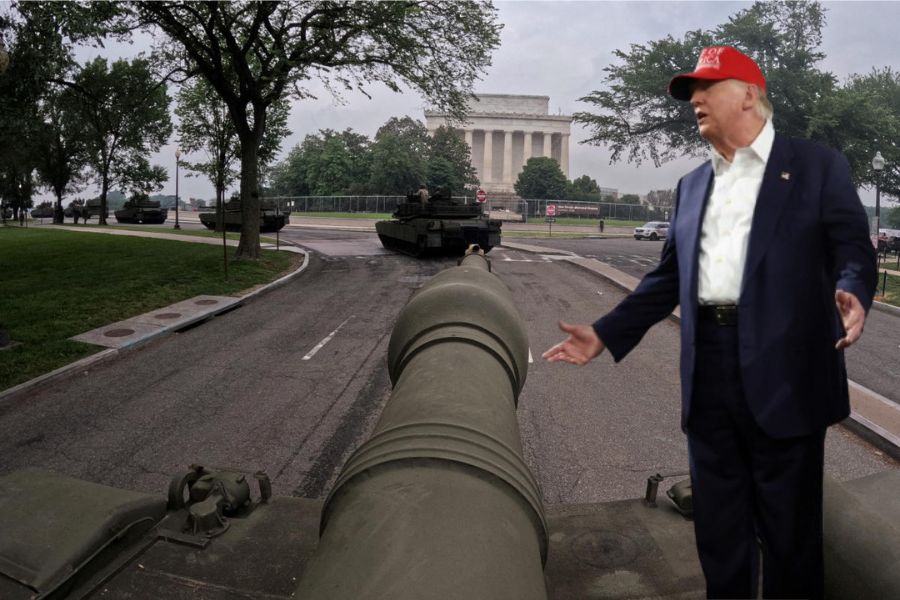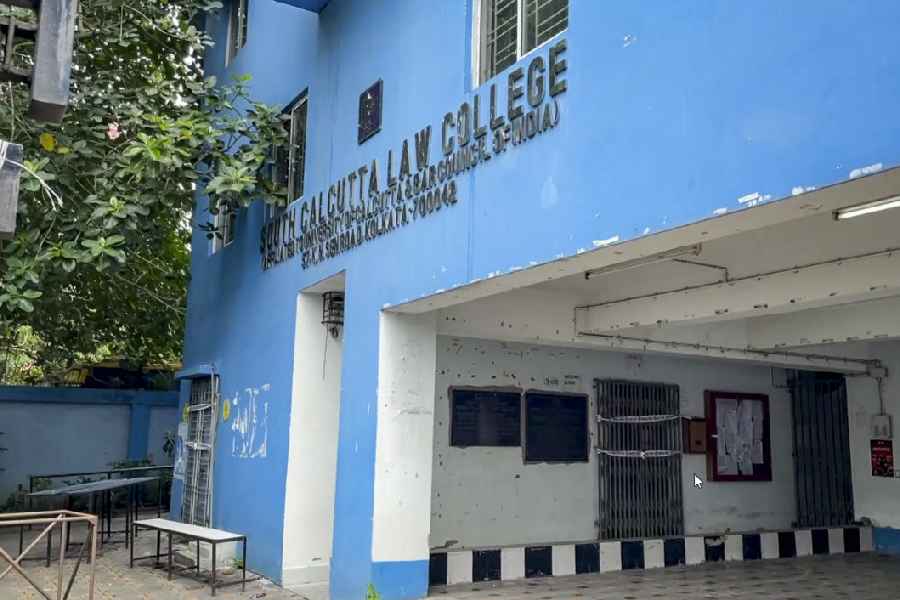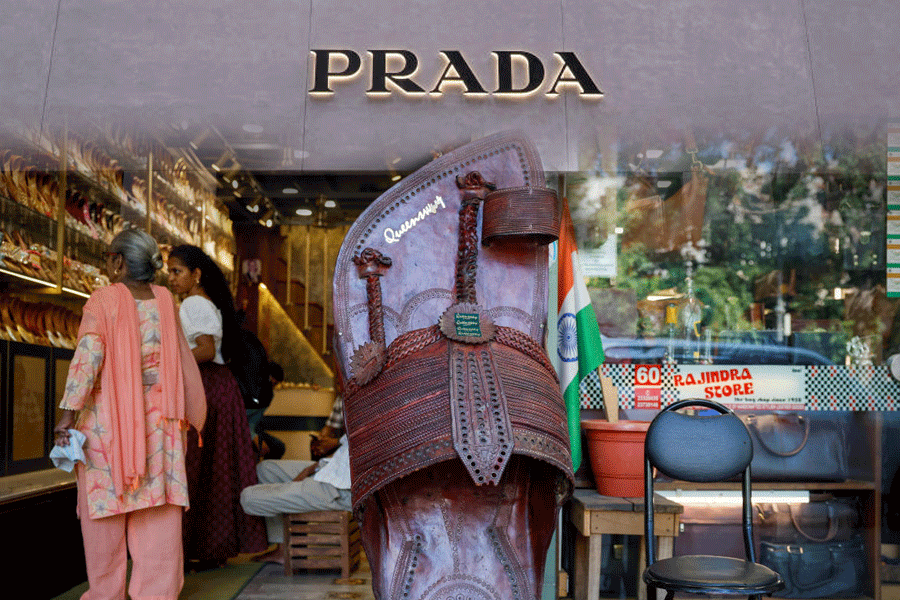 |
| Cracks visible on top of the temple and (below) the report in The Telegraph published on October 13, 2010. Telegraph picture |
 |
Kendrapara, Oct. 26: The state archaeology department has decided to refurbish the 300-year-old Baldevjew temple in Kendrapara. A major crack was recently noticed on the summit of the medieval-age temple.
“A two-member team of archaeological engineers recently inspected the damaged portions of the temple. After the officials submit technical findings of their inspection, measures to plug the cracks would be taken up very shortly,” said Rabindranath Kar, director of culture department.
Kar, who holds the additional charge of superintendent of state archaeology department, told that some other structures inside the temple also needed repairs. The conservation measures would be simultaneously carried out, he added.
“The conservation of the temple stays on the list of our priorities. Its repair work would be undertaken very shortly though there is no immediate danger to the temple,” Kar said.
A major crack measuring 1.5 feet width, 3 feet length and six inch depth had developed over the summit structure of the Maratha period structure and that had begun posing threat to the revered place of worship in these parts of the state.
A harried district administration has shot off SOS to the state archaeology department seeking immediate plugging of the cracks.
“The recent spell of low-pressure-induced rains had aggravated the fissures further with seepage of water making its way into the interior portion of the temple. The temple is lying exposed as drops of rain water fall on the sanctum sanctorum,” said Partha Sarathi Das, executive officer of the temple administration.
“The temple was built in 1707 year during the Maratha subedar rule in this part. It’s a four-way structure and is devoid of architectural design. The Maratha style of temple building was mostly simple without intricate stone cravings,” remarked Bijoy Kumar Rath, archaeologist and former superintendent of state archaeology department.
“It seems the medieval period structure is bearing the brunt of vagaries of nature. It required instant conservation works,” he said.










